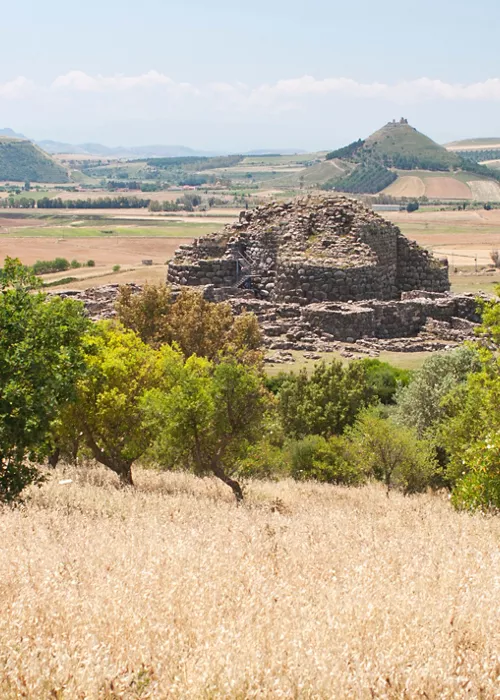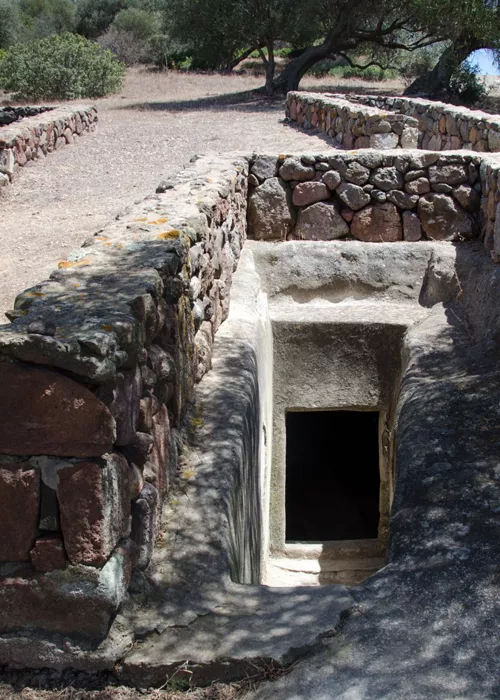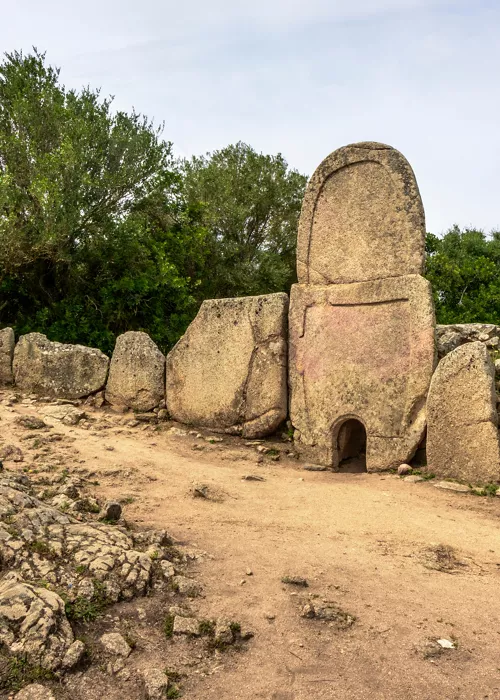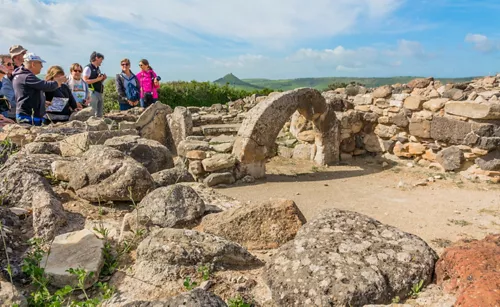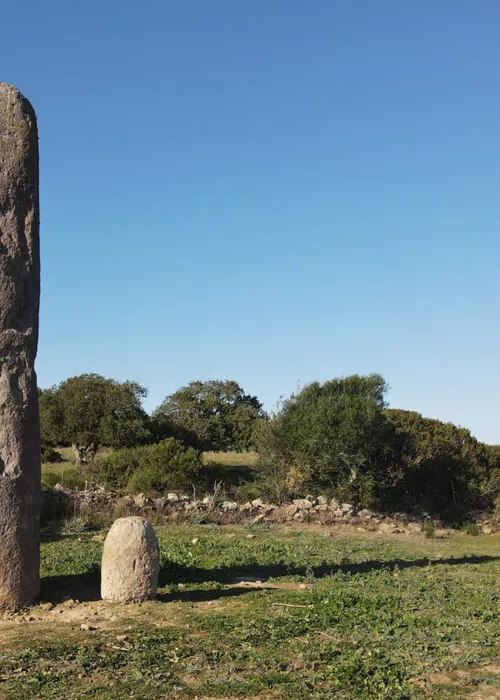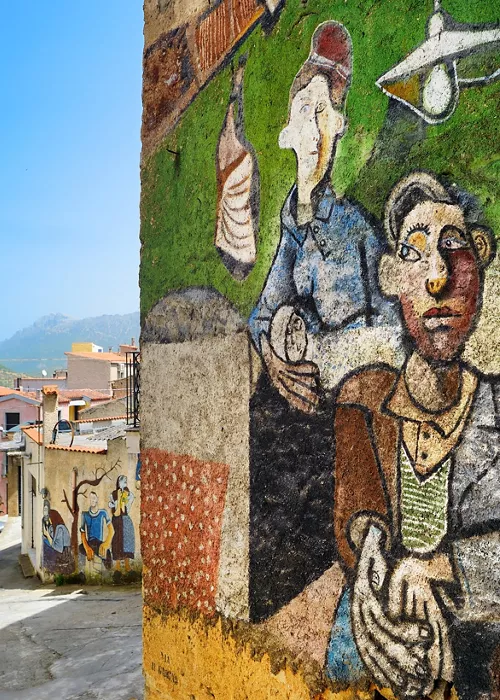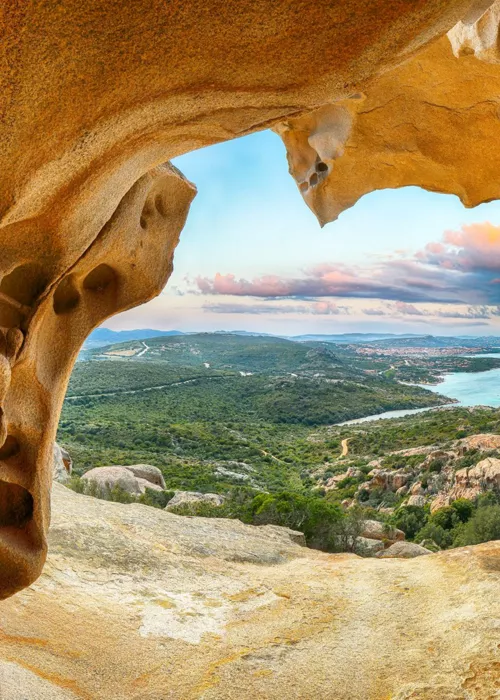Domus de Janas, silent witnesses of an ancient culture
2 minutes
Sardinia is a treasure trove of culture yet to be discovered. A land of brave peoples and ancestral traditions that hark back to an archaic past still shrouded in mystery. Here, while the Nuragic culture was still in its infancy, an ancient civilization left these magnificent burial structures to posterity. Or are they really the ancient dwellings of fairies? Who knows!
This, too, is Sardinia.
What are the Domus de Janas and where are they found?

They are called Domus de Janas, better known as “fairy houses,” and there are more than 2,000 of them throughout Sardegna. These are hypogeal tombs carved into the rock, dating back to a period between the Middle Neolithic and the Bronze Age, between the 5th and 3rd millennium BCE, when the Nuragic civilization was just beginning to emerge. They are therefore much older than the Nuraghi.
Origins and history of the Domus de Janas

This cultural site, representative of Sardegna’s prehistory, is considered a serial property because it includes multiple assets. It consists of underground tombs and necropolises that were very likely reused later on to create other graves or structures. They were built by pre-Nuragic peoples who designed them in the form of artificial caves, using stone tools and choosing to locate them along the sides of mountains or within actual necropolises. Upon entering, one might find a single chamber or multiple rooms connected one after the other, with wall drawings that tell stories about the pre-Nuragic civilization.
Why the Domus de Janas became a UNESCO World Heritage Site
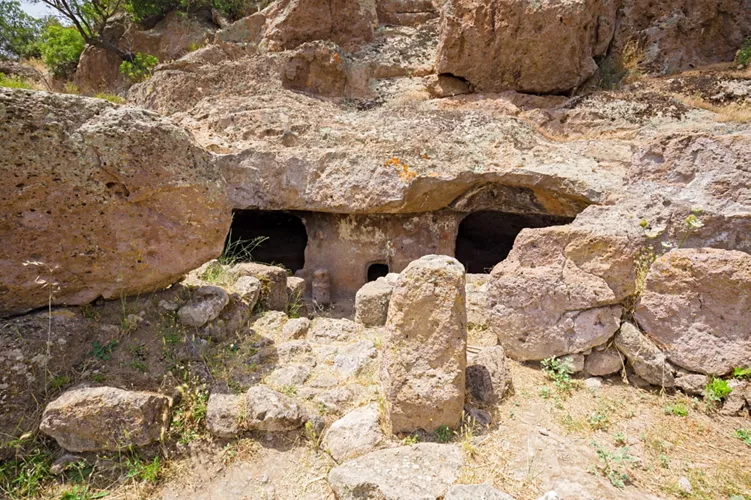
The Domus de Janas were selected as the 61st UNESCO World Heritage site because they represent the largest and most richly developed expression of hypogeal funerary architecture in the western Mediterranean. Through these tombs, we gain insight into the burial practices and spiritual beliefs of Sardegna’s prehistoric communities. The decorations, symbols, and figurative motifs illustrate the evolving relationship between the living and the dead within an increasingly complex society. Precisely because they were reused multiple times over the centuries, the remnants that survive today offer a priceless testimony to life before the Nuraghi.
Popular legends also say that the Domus were actually shelters for legendary figures from Sardinian mythology—often described as small, fairy-like women. Hence the Sardinian name “janas”, meaning “fairy.”


